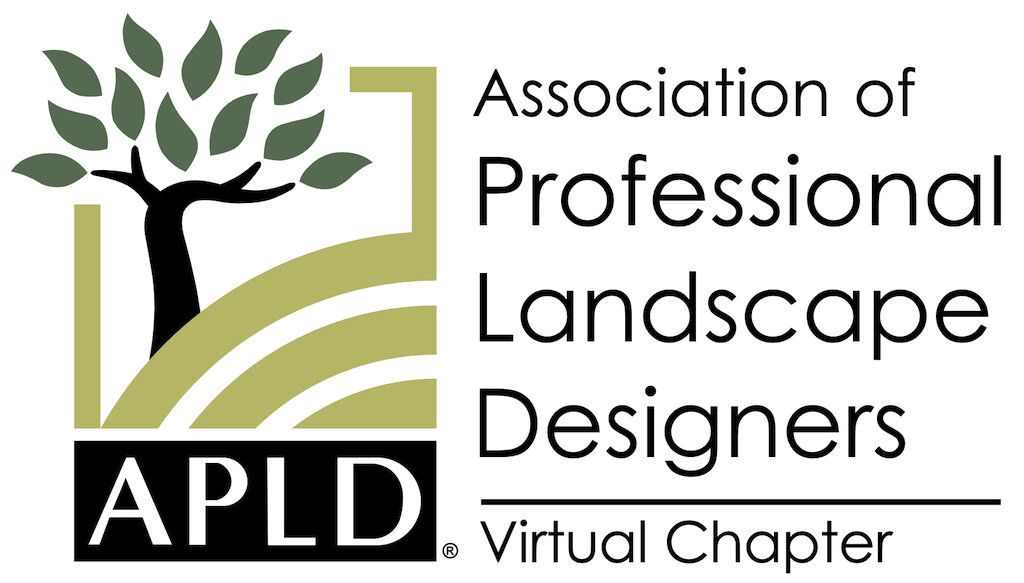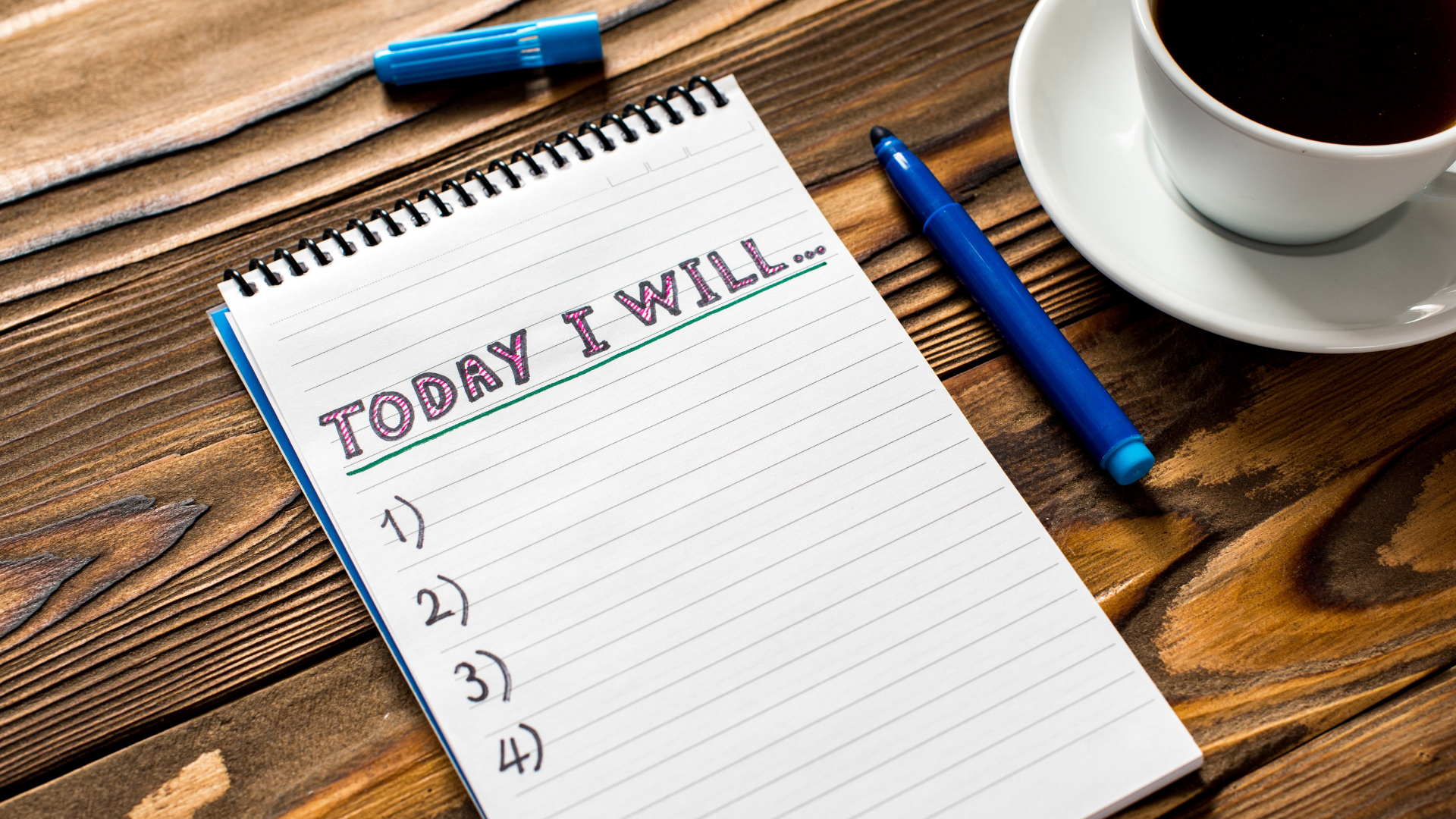Time Management Tips and Tricks for Landscape Designers
By Kathy Hubner, APLD VC member and board president
As a professional landscape designer, I find my greatest challenge isn’t choosing the perfect plant or solving a difficult site issue — it's finding the time to get it done and to do it well! And if I don’t carefully manage my work day hours, that “quiet creative time” can quickly become my nights, weekends, and holidays. So, I thought I’d share what I’ve learned from books, colleagues, and time management classes/lectures throughout my career. And, hopefully more design professionals will share their time management tricks and skills so we all have more time to enjoy our profession and our own gardens!
First and foremost, it’s important to realize that you have more control over your work day than you might think. Scheduling is important to the success of your work day and should suit your natural timing for creativity, concentration, and communication. Daniel H. Pink's book “When” can help you discover what time of day you’re at your peak to perform certain tasks such as estimating, communicating, or creating. Use that knowledge and schedule time to design when you're fresh and feeling creative. Or schedule creating estimates when your math skills are best and you’re less likely to make costly math errors. Timing matters. Work with your body's natural clock to be most efficient and enjoy your work. Sure, unexpected things can pop up and change the course of your day. However, if you have a basic structure/schedule, you can get back on track more easily.
Here are some scheduling tips that make my day more pleasant and productive:
I don’t schedule client meetings first thing in the morning. Crews and contractors generally have questions early in the morning or I need to be on a job site to start work. I often book appointments far in advance, so it’s best to schedule clients later in the morning when I can give them my full attention.
I’m most creative in the morning and consequently design faster so I schedule time at my drawing board and let calls (except contractor/installation crew) go to an assistant or voicemail.
I keep afternoons open to plan installation work for the next day. My rule of thumb is to be in my office by 3 p.m. working on the next day's plans/work orders/plant pulls. It’s also a good time to return phone calls and be available when the work crew comes in. It’s so much easier to go home at night knowing what got done and what we’re going to do the next day. And bonus — this plan helps me leave work by 5 or 5:30 p.m.
I schedule client site visits and plan reviews mid/late morning and early afternoon. I prefer to meet clients during their lunch hour rather than after hours. Most clients are happy to meet at noon or 1 p.m., and I can schedule my lunch before or after. It’s important to eat lunch and recharge, so don’t schedule meetings straight through!
I don’t schedule meetings on the weekends, holidays, or after 5 p.m. I analyzed design sales numbers for those times and realized I actually got a smaller percentage of design work from those meetings and they took longer because it was “off” time and more relaxed. I have had no shortage of clients or projects, and I’ve never looked back.
When I schedule a new client project meeting, I extend the various tasks connected to the design on my calendar, i.e. getting measurements, pictures, designing, design review meeting, and estimate. This ensures I have allotted time to complete the project in the time frame promised. And, this gives a clear picture of how much time I have already scheduled so I don’t over schedule myself. I realized years ago that empty space on my calendar gave me a false sense of availability. And going to the first design meeting is the easy part. Finding time to actually do the design work is hard if you’re over scheduled.
I’ve been told and frequently read that the least productive way to start your day is checking email. In fact, Sanjay Gupta says exactly that in his new book “Keep Sharp”. He recommends that we not waste the golden morning hours when our brains are fresh and most creative on email. I agree. If I start my day checking email I can lose 1-2 hours very quickly. It’s seductive thinking — we’re responding to just a few emails, and suddenly your morning flies by! Yes, occasionally there could be something important you need to know. But generally, we’re just wasting our most productive part of the day.
As a final tip, don’t forget that managing communications can be just as important as managing scheduling in the Landscape Design profession. We’re more connected than ever with our devices, which is very helpful. However, it’s important to take breaks from work communication after work hours, on holidays, and weekends. This is easier if you have a separate work email address and work phone number. If that’s not the case you can utilize settings and voice mail messages indicating when you will return calls and emails. The important thing is for your clients to know how to reach you and when to expect a return call or email. Communication is the key to managing expectations which relieves a lot of stress.
Hopefully, a few of these tips and tricks can help you navigate the busy season. Good luck and happy planning, everyone!


